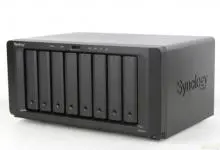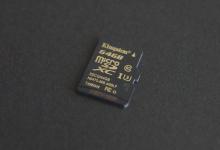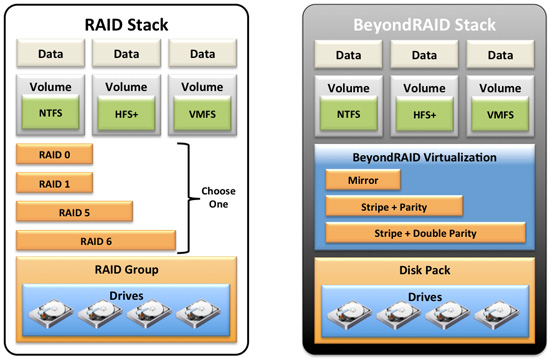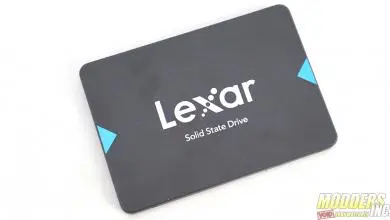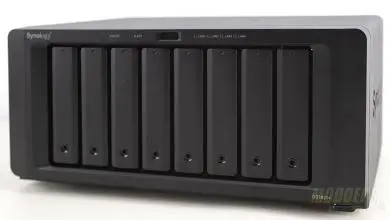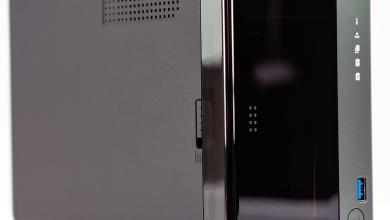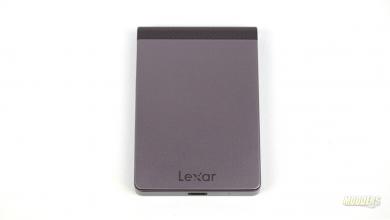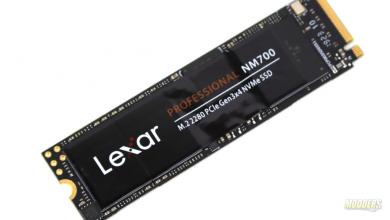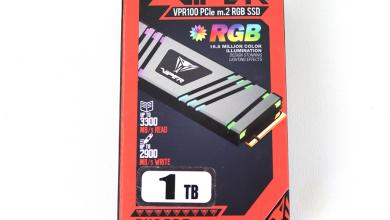Drobo 5N review: Protection with BeyondRAID
Testing Methodology
| System Configuration | |
| Case | Cooler Master Cosmos II |
| CPU | AMD FX-8370E |
| Motherboard | ASRock 990FX Killer |
| Ram | 2 GB G.Skill F3-12800CL9q DDR3-1600 |
| GPU | Gigabyte Radeon R9 290 |
| Hard Drives | Samsung 850 EVO 256gb SSD |
| Network Cards | Dual Port Intel Pro/1000 PT |
| Switches | ALLIED TELESYN AT-9924T ADVANCED LAYER 3+ GIGABIT 24-PORT NETWORK SWITCH, Boot (2.6.6-02) Cat6E cables used for network testing. |
| Power Supply | Cooler Master Silent Pro Gold 1200W |
4 Seagate 4 TB 7200 RPM desktop drives were installed and used in the NAS tests.
A dual port Intel network card was installed in the test system.
Drobo 5n was used with BeyondRAID configurations with single disk redundancy.
Network Layout
For all tests the NAS was configured to use the a single network interface. One CAT 6 cable was connected to the Allied Telesis AT-9924T from the NAS and one CAT 6 cable was connected to the workstation from the switch. Testing was done on the PC with only 1 network card active; the Killer network card and the corresponding software were disabled for the testing. The switch was cleared of any configuration and left in a un-configured state. Jumbo frames was not enabled and no changes to the network interfaces was made.
Software
All testing is done based off of a single client accessing the NAS.
To test NAS Performance I used The Intel NAS Performance toolkit.
The Intel NAS Performance toolkit simulates various tasks for storage devices such as video streaming, copying files and folders to and from the NAS as well as creating content directly on the NAS. To limit caching, a 2GB G.Skill memory module was used in all tests. All options in the Performance toolkit were left that the defaults. The NAS performance test is free to download. You can pick up a copy for yourself here.
All tests were run a total of three times then averaged to get the final result.
BeyondRAID configuration was tested.
A little on BeyondRAID
Drobo devices have single pool storage that eliminates/cures some of the challenges of the traditional RAID. BeyondRAID is based on traditional RAID however it has a visualization layer that acts and adjusts on the fly to correct availability needs.
BeyondRAID algorithm works on the block level and it can adjust RAID protection levels based on the need. A good example of the BeyondRAID would be if you have to add a new disk in to the array. You have two options to expand the capacity in the array, either insert a new disk in to the enclosure or replace smaller disk in the array with a higher capacity disk. There is rebuilding with BeyondRAID when a disk is replaced.
Following is a comparison of traditional RAID Stack vs BeyondRAID Stack.
Failures do occur in any storage array and with BeyondRAID users have ability to choose to either have Single Disk Redundancy (default) or Dual Disk Redundancy. Dual Disk Redundancy protects against two simultaneous drive failures however it uses more space for redundancy hence leaving less usable storage. This is highly effective in the larger Drobo devices such as B1200i and B810i.
